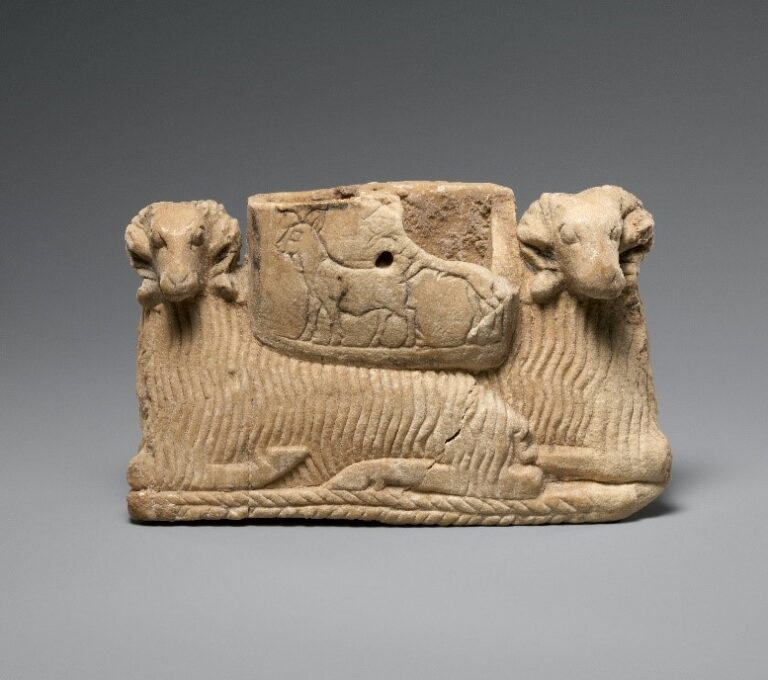A friend in North America asked me if we were preparing a statistical study of the newly opened classical galleries at the Metropolitan Museum of Art in New York. I would hate to be accused of 'bean counting' by the curator of the Greek and Roman antiquities, but Art of the Classical World in the Metropolitan Museum of Art: Greece, Cyprus, Etruria, Rome (2007) was sitting on my desk for use in another project.
A flick through the donors for the 476 entries presented some interesting names. Here are two that caught my eye.
Nicolas Koutoulakis gave a fragment of a glass bowl with erotic scene (no. 388; inv. 1995.86). His name appears in the infamous 'organigram' published in The Medici Conspiracy with a direct link to 'Robert Hechte' (sic). Koutoulakis' generosity goes back a long way and included an Etruscan Pontic amphora given in 1955 (no. 330; inv. 55.7).
The purchase of a Campanian (or South Italian) statuette of a bronze standing male figure was made possible through the gift of Jeanette and Jonathan Rosen (no. 66; inv. 2000.40). Is this the same Jonathan Rosen linked with Atlantis Antiquities and Robert Hecht? How did the bronze first surface?
Does this catalogue contain other equally prominent names in the world of North American collecting? Sadly the histories of the pieces have not been provided. How many objects passed through the hands of names now familiar from The Medici Conspiracy?
Discussion of the archaeological ethics surrounding the collecting of antiquities and archaeological material.
Subscribe to:
Post Comments (Atom)
The Met returns three antiquities to Iraq
Source: Manhattan DA New York's Metropolitan Museum of Art has returned three antiquities to Iraq ( Manhattan DA Press Release ). The th...

-
Source: Sotheby's A marble head of Alexander the Great has been seized in New York (reported in " Judge Orders Return of Ancien...
-
If international museums can no longer "own" antiquities either through purchase on the antiquities market or through partage , wh...
-
The Fire of Hephaistos exhibition included "seven bronzes ... that have been linked to the Bubon cache of imperial statues" (p. 1...


No comments:
Post a Comment